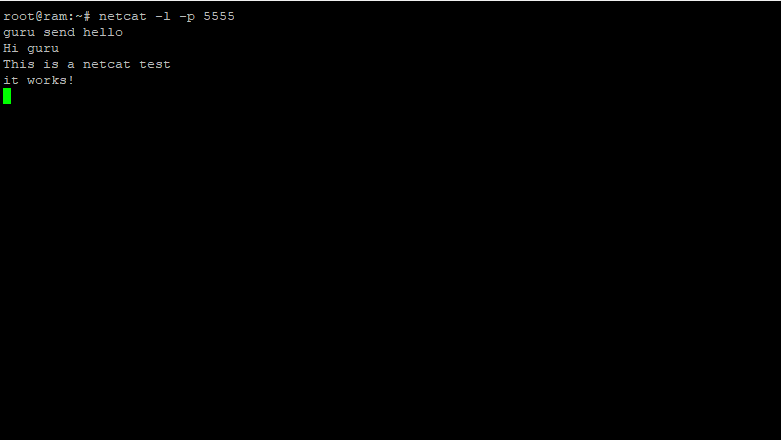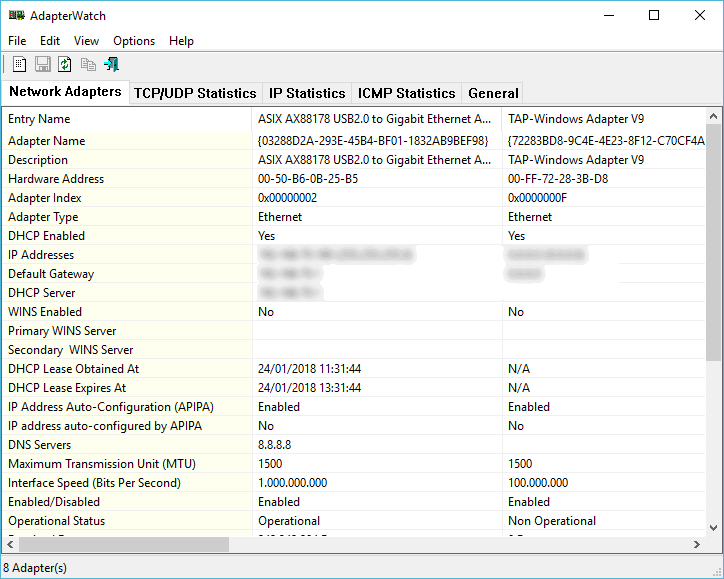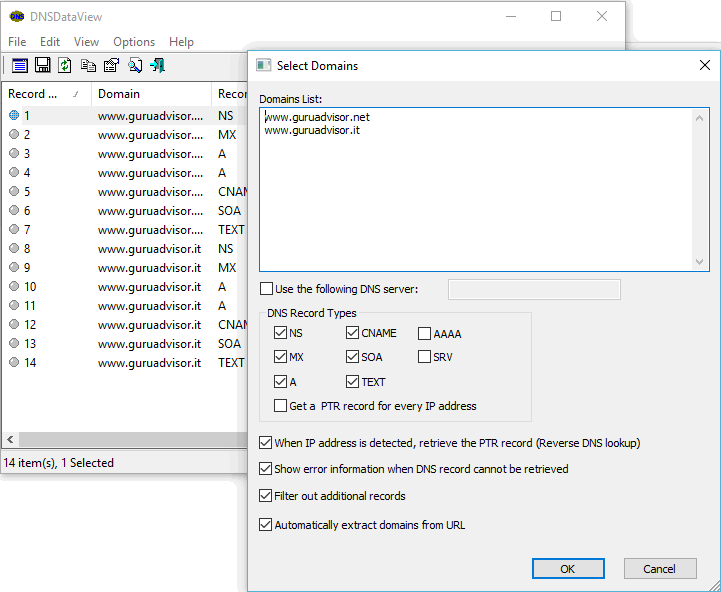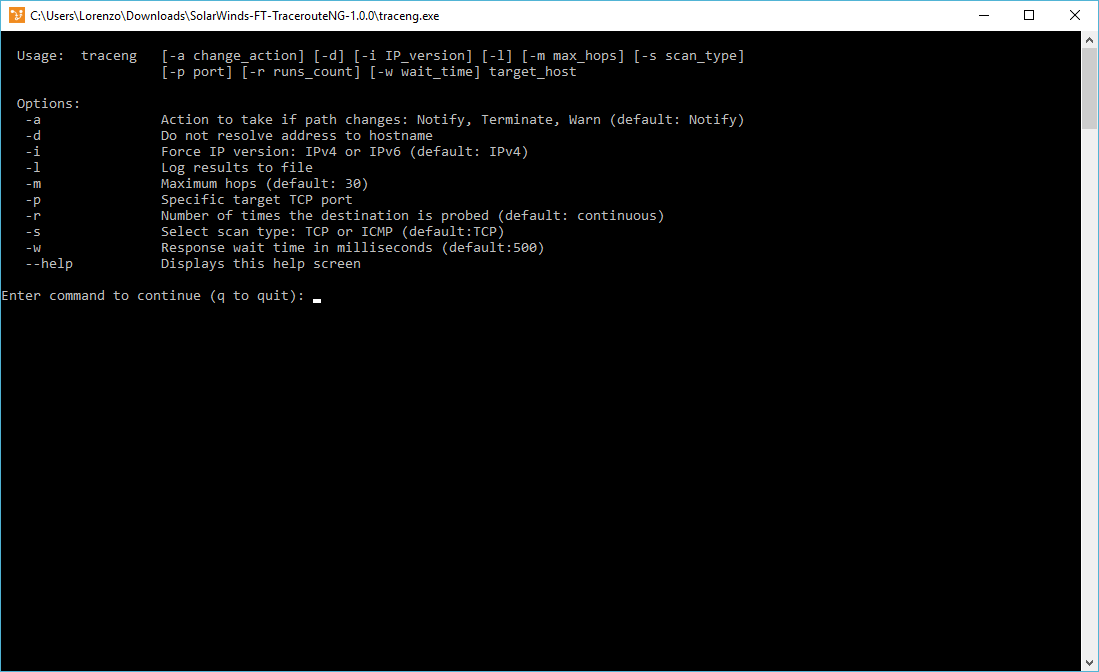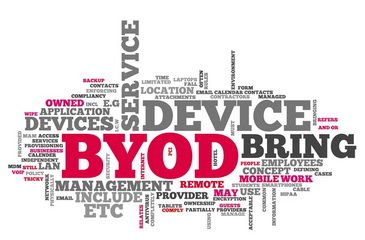Author
Lorenzo Bedin e Riccardo Gallazzi
Lorenzo Bedin
Laureato in Ingegneria delle Telecomunicazioni, svolge l'attività di libero professionista come consulente IT, dopo un periodo di formazione e esperienza in azienda nel ruolo di sistemista Windows e Linux. Si occupa di soluzioni hardware, siti web e virtualizzazione.
Riccardo Gallazzi
Sistemista JR, tra i suoi campi di interesse maggiori si annoverano virtualizzazione con vSphere e Proxmox e gestione ambienti Linux. È certificato VMware VCA for Data Center Virtualization.
In the December 2015 issue of GURU advisor, we covered Proxmox Virtualization Environment with an in-depth review of version 4.0 of the Open Source virtualization platform developed by the Austrian Proxmox Server Solutions. Let’s analyze the new features of the 4.1 release that make it a reasonable competitor to the renowned solutions by Microsoft and VMware.
Proxmox VE vs. vSphere
A comparison with the market-leading hypervisor might seem unfair at first glance, but a careful analysis of the feature of Proxmox VE can let you reconsider it as an alternative, in particular in situations where the budget/performances ratio is the main choice parameter.
Proxmox VE (Proxmox from here onwards) is based on the Debian operating system and brings with itself all pros and cons of this renowned Linux distro: a stable, secure, widespread and well-tested operating system with a very large choice of software packages -albeit sometimes not updated to the latest version in order to guarantee a perfect compatibility and stability- and the “Social Contract” which guarantees all the advantages of the Free Software (https://www.debian.org/social_contract). Other advantages include a well-founded community which is very active in code management and a rich and detailed documentation. For it is an open source project, the source code repository is available to whoever wants to implement new features or adapt the existing ones to his/her own needs. Moreover, the GPL license allows commercial use.
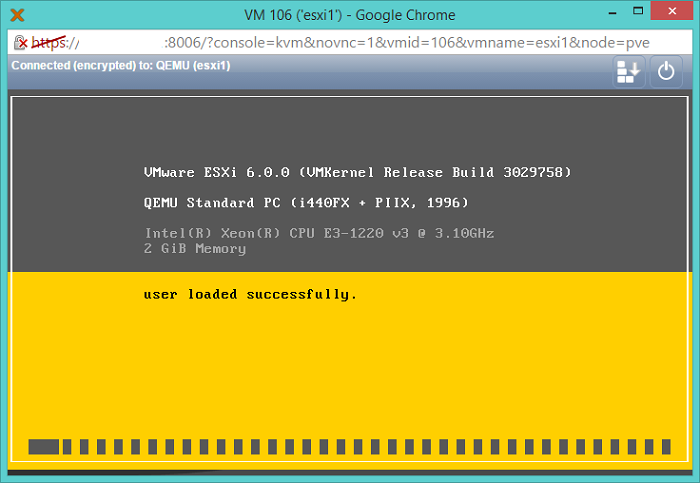
When someone talks about server virtualization, one immediately thinks to VMware vSphere and, perhaps, to Microsoft Hyper-V or to Citrix XenServer or Red Hat Virtualization (KVM).
Proxmox Virtual Environment (VE) is an less known and titled alternative, but still valid and original.

UPDATE: on the 12th of December 2015, after our test, the version 4.1 has been released, based on the latest Debian Jessie with Kernel 4.2.6, LXC and QEMU 2.4.1. Some bugs have been solved as well as the integration with ZFS, several functions about LXC containers.
Proxmox is an open source project based on KVM and -starting from the new 4.0 version- on LXC (Linux Containers): it’s free but the company that develops it offers a paid commercial support.
It’s a Debian-based hypervisor that uses a modified version of the Red Hat Enterprise Linux (RHEL) kernel and it’s available as an ISO image to be bare-metal installed on a physical host.
The management interface is Web based only and doesn’t require a server or a VM dedicated to the management. As the vast majority of Linux-based products, sometimes the use of the command line is needed to perform some advanced operations. The available documentation is scarce but there are some detailed guides with all the main operations on the dedicated Wiki, however the levels is quite far from those of projects like vSphere or Hyper-V.
-
BYOD: your devices for your firm
The quick evolution of informatics and technologies, together with the crisis that mined financial mines, has brought to a tendency inversion: users that prefer to work with their own devices as they’re often more advanced and modern than those the companies would provide. Read More -
A switch for datacenters: Quanta LB4M
You don’t always have to invest thousands of euros to build an enterprise-level networking: here’s our test of the Quanta LB4M switch Read More -
Mobile World Congress in Barcelona
GURU advisor will be at the Mobile World Congress in Barcelona from February 22nd to 25th 2016!
MWC is one of the biggest conventions about the worldwide mobile market, we'll be present for the whole event and we'll keep you posted with news and previews from the congress.
Read More
- 1









